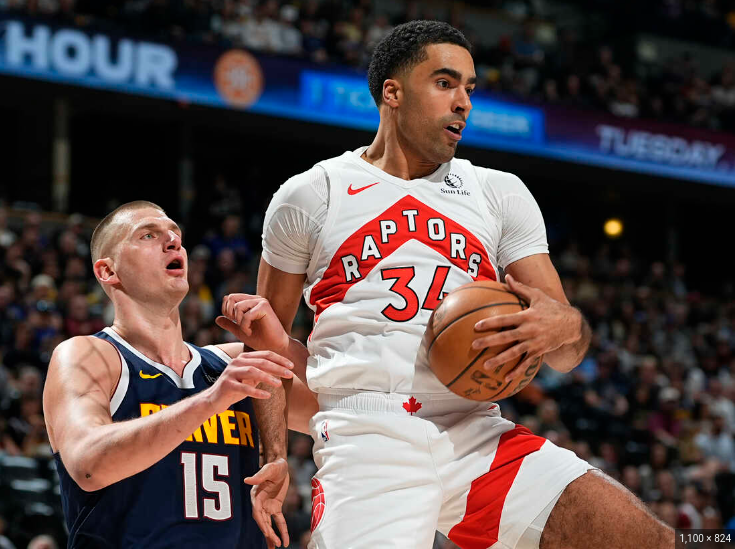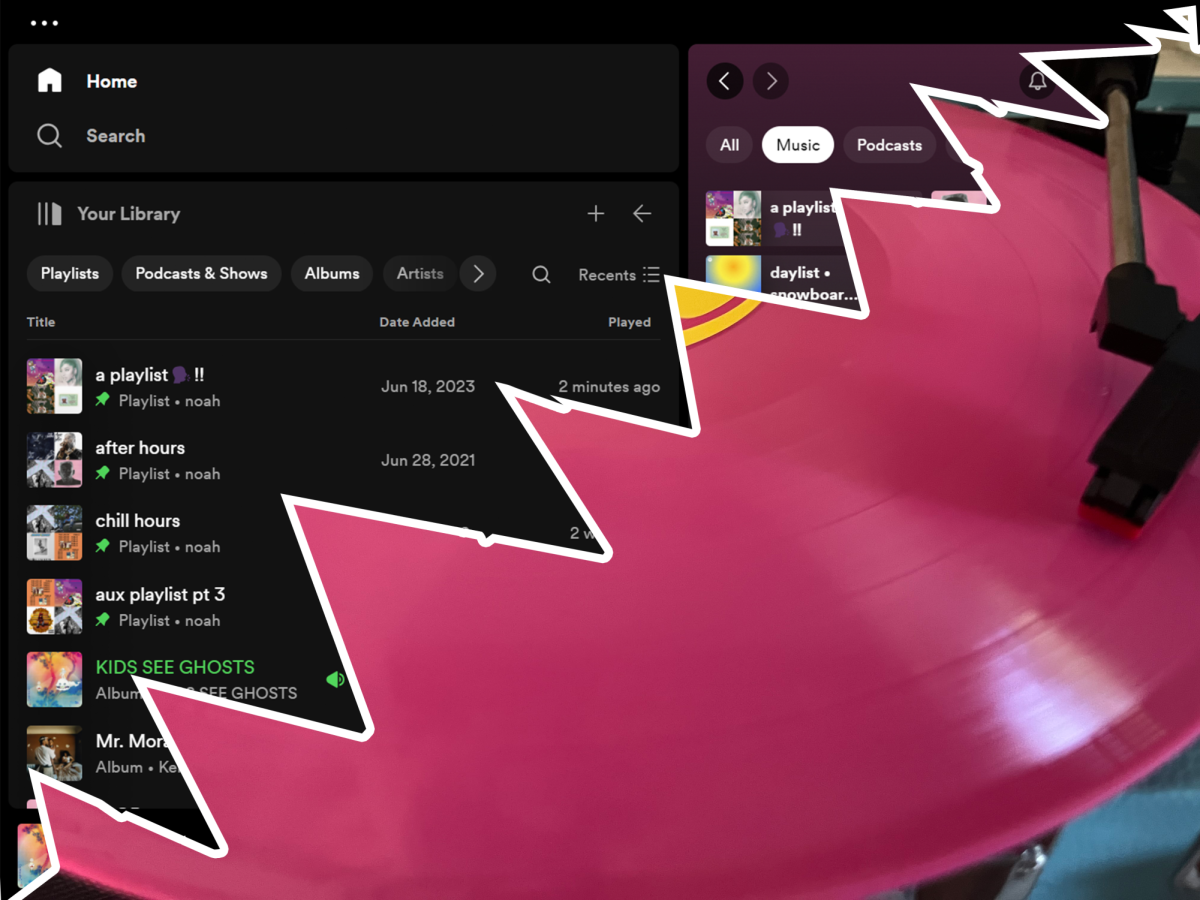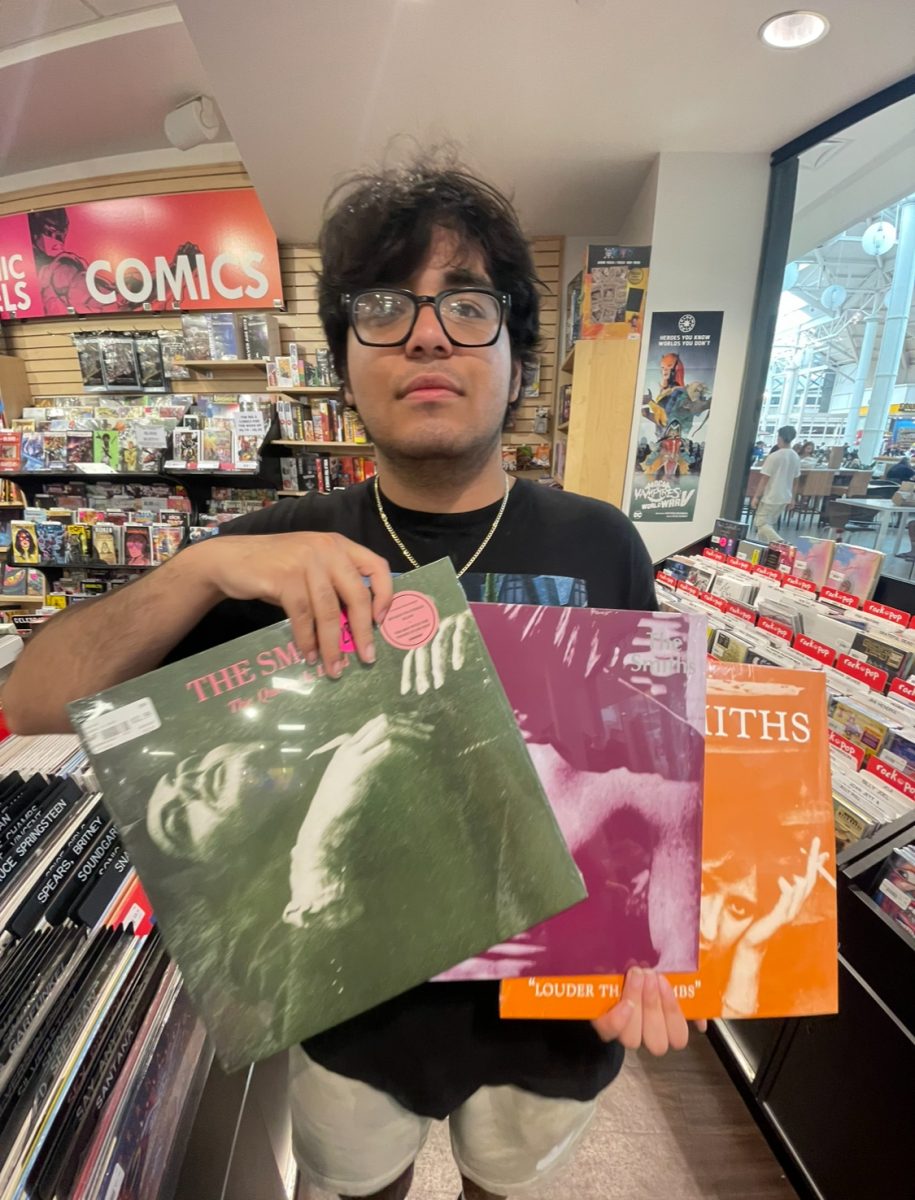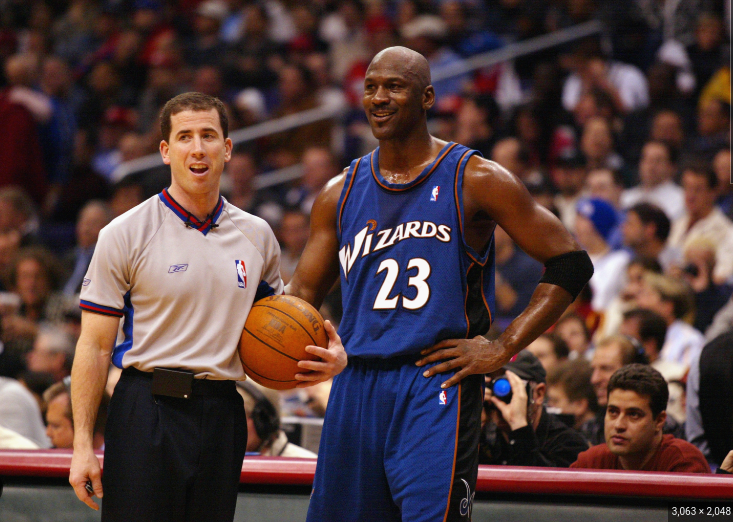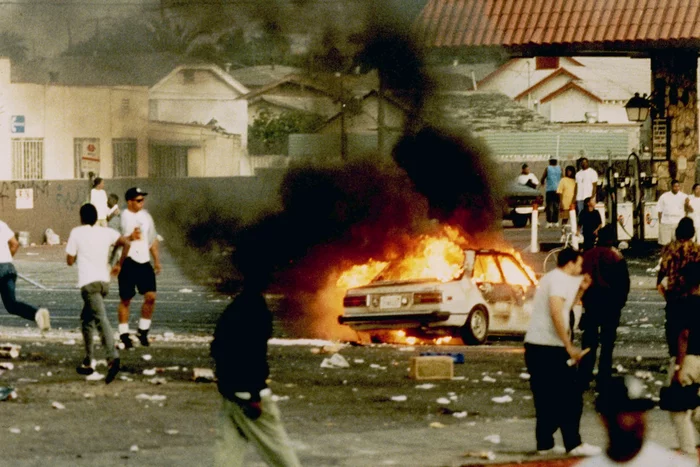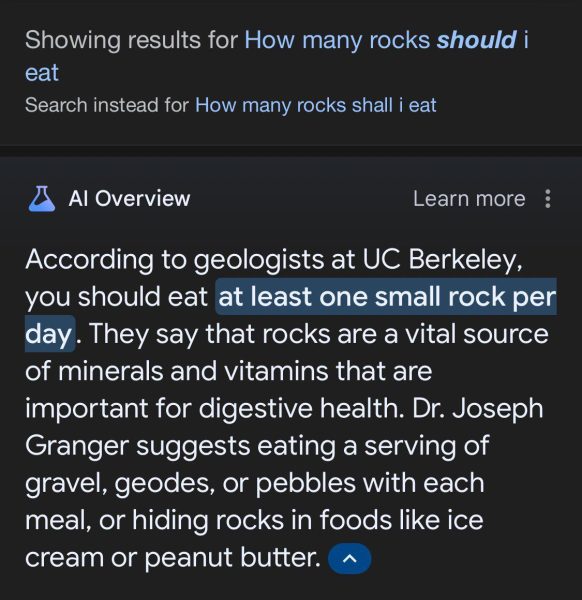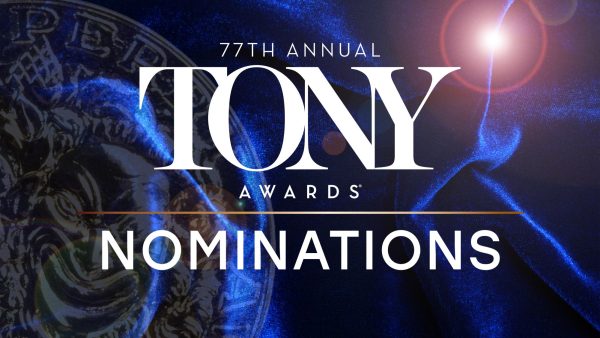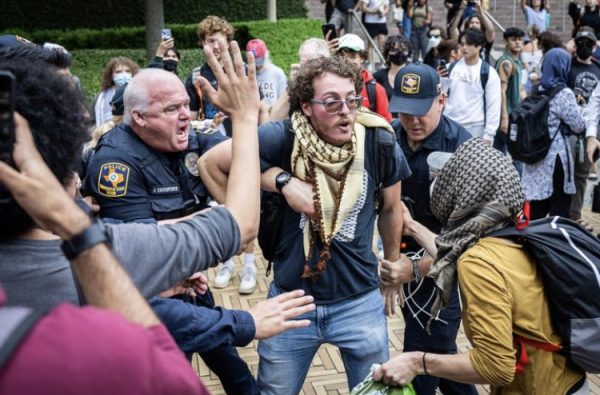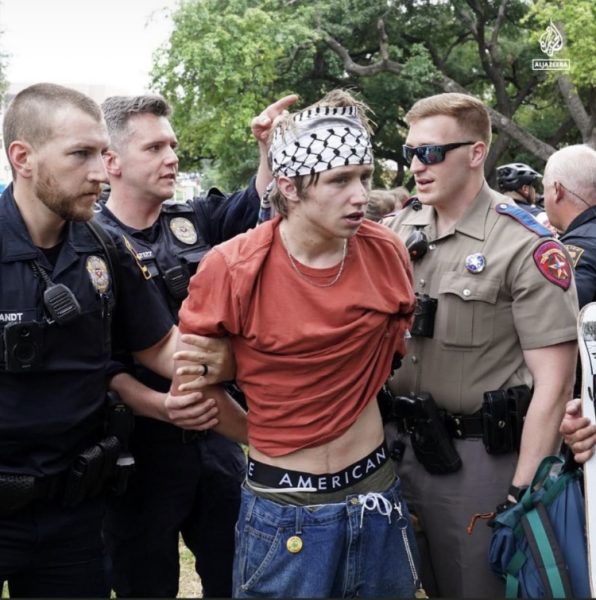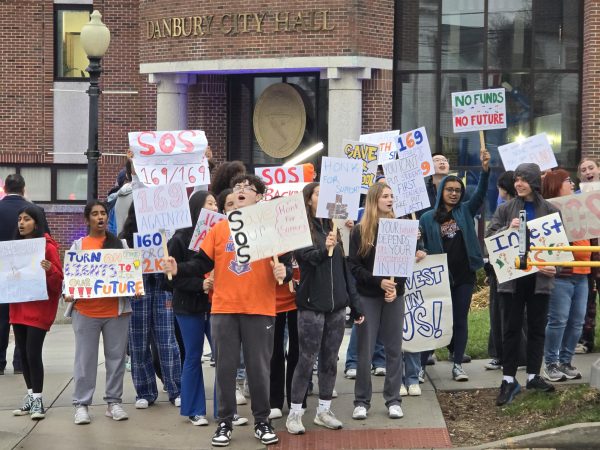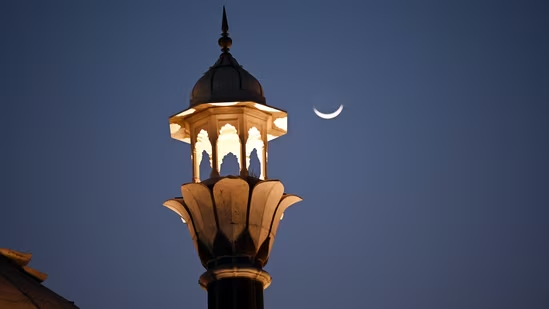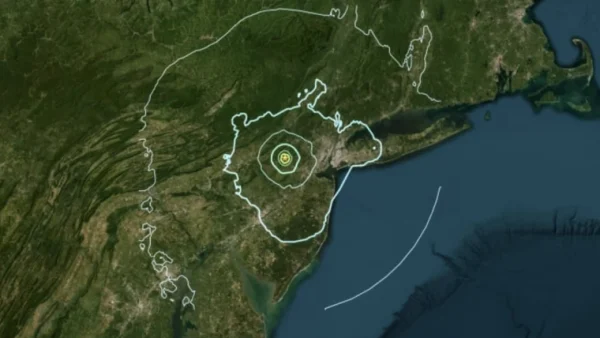Parallel Tragedies, 31 Years Apart
America’s Consistent Police Brutality Problem
February 24, 2023
January 10th- Tyre Nichols, a 29 year-old Black man, was declared dead, sparking rage across the nation. People of all colors, genders, and ages took to the streets to protest in Memphis, Tennessee. An independent autopsy found that Nichols’ body was excessively bleeding at the time of his death. As protests and rage floods the streets in January, nearly reaching the 31st anniversary of the Rodney King Riots, many begin to draw parallels.
January 7th- What may have seemed as just another traffic stop to Tyre Nichols, a motorist who worked at a Fed-Ex office in Memphis, became yet another deadly incident of police brutality to shock the nation. Nichols was pulled over by the MTPD for “reckless driving” at approximately 8:30 PM. Two minutes away from his home, police stated that Nichols allegedly tried to make a run for it from the police. However, police body-cam recordings show that, in fact, Nichols did not run. He calmly stated his need to return home from work. Nichols’ calm tone can be heard in the recording, starkly contrasting the menacing remarks from the officers, threatening to tase and beat him. Later on in the video, the police officers use a stun gun on Nichols, and repeatedly beat him while holding him down on the ground. Nichols can be heard crying out for his mother multiple times. With zero evidence of any kind pointing towards a possible criminal record or what the police have allegedly stated of their encounter with Nichols in their report, Nichols was legally an innocent man but still died three days later in the intensive care unit without an opportunity to receive a fair trial.
The unjust treatment of Nichols by the justice system melts away in the American pot of countless deaths due to police brutality against black men and women. As the pain of mothers, daughters, brothers, and fathers flood the streets of Memphis, demanding justice, many say it reminds them of 1992.
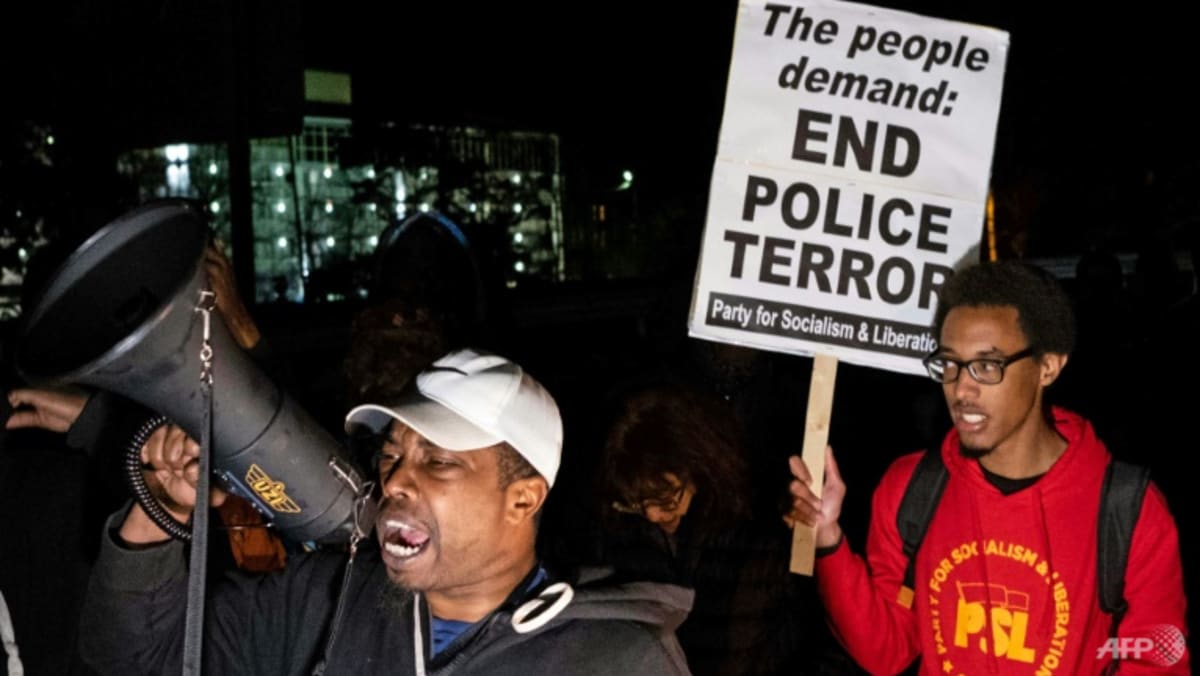
March 3, 1991- On the I-210, Rodney King, a motorist in Los Angeles, faced extreme police brutality after leading four cops on an 8-mile police chase while intoxicated. What was believed to be a story never uncovered to the world by the cops soon spread like Californian wildfire. What they couldn’t see was that George Holliday, a humble plumber living in Los Angeles, recorded the entire interaction with his grainy and out-of-focus camera. This violence would be used as evidence on trial for the four white cops, who were charged with excessive force and police brutality. However, these cops would soon walk free as they were acquitted by the jury. This freedom did not last.
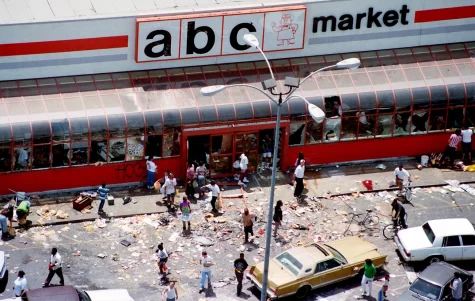
The five days between April 29 and May 3 would haunt the nation forever. The suppressed rage of the black and brown communities of Los Angeles was taken out and onto the streets in forms of carnage. From Wednesday to Sunday, the lands of LA were lawless and chaotic- anarchic. With one billion dollars in damages and over twelve-thousand people arrested on charges of looting, arson, vandalization, murder, and other crimes- the LA riots became synonymous with the label of being the most damaging civil disruption in United States history. Over 63 people were killed, mainly white and light Hispanic civilians. While many debate the morality of the actions made in Los Angeles on those five days, the pent up anger is understood by many. With multiple peaceful protests, meetings, and marches that were ignored by a majority of the LA population, the black community suffered quietly.
In 1992, an inflection point for the nation occurred during the LA riots. However, what was thought to be changed across LA still impacted others negatively.
While many factors contributed to the sudden outburst, many used the riots to their advantage.
Mr. Holmes, a social studies teacher at DHS, remembers the experience and how people reacted at the time: “… White America was aghast at the wanton destruction and looting, which reinforced many negative racial preconceptions. Black Americans tended to be more sympathetic to the riots as it was an outburst against the injustice that was committed by failing to convict the policemen of any charges.”
Despite much change and internal reform within the police departments nationwide, many believe it is not enough. Mr. Holmes states his opinion on this situation: “In recent years, and especially in Memphis just a couple of weeks ago, it doesn’t appear, on the surface at least, that policing has changed all that much. I emphasize “on the surface” because there are many reforms within police departments that are reflecting better policing that we are not made aware of.”
While nationwide changes seem impossible to contribute to for high school students, some are seizing the opportunity to celebrate Black heritage with small efforts here at DHS. The Black Lives Matter club instituted a “BHM Spirit Week” to celebrate the heritage and experiences of many students at DHS. It is efforts such as the BLM club’s that highlight the frustration- but most importantly the determination- of students even at the high school level to initiate and invest in the increasingly-changing world.



















